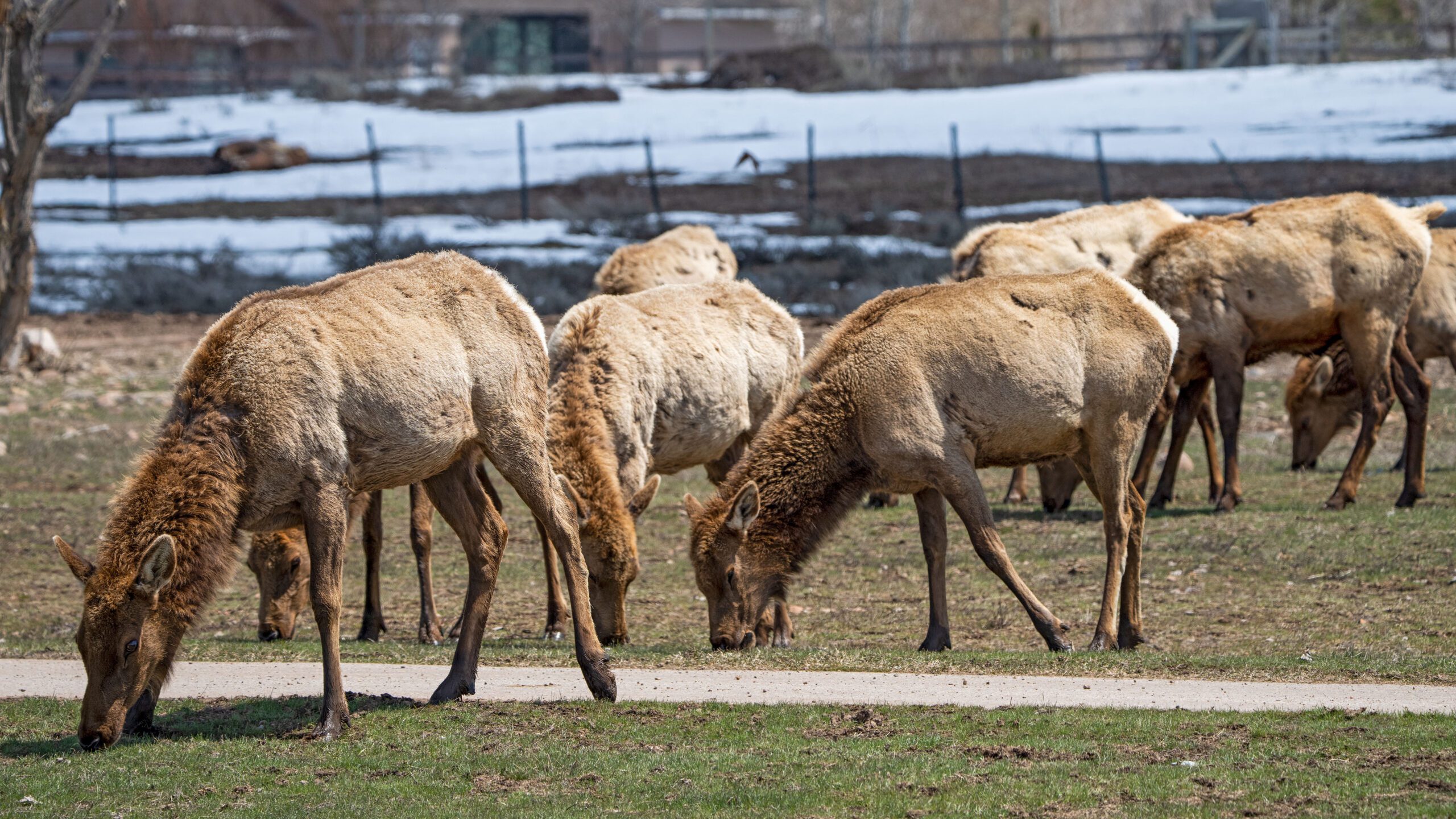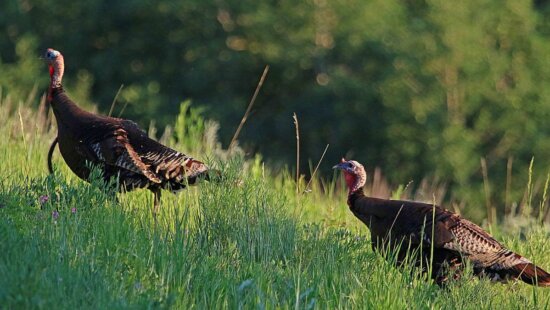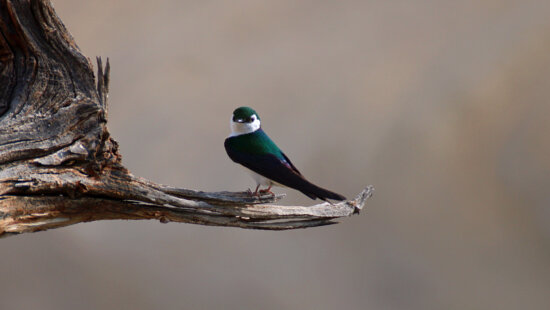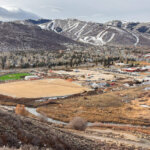Wildlife
DWR warns of increased wildlife collisions as migration season peaks, daylight savings ends
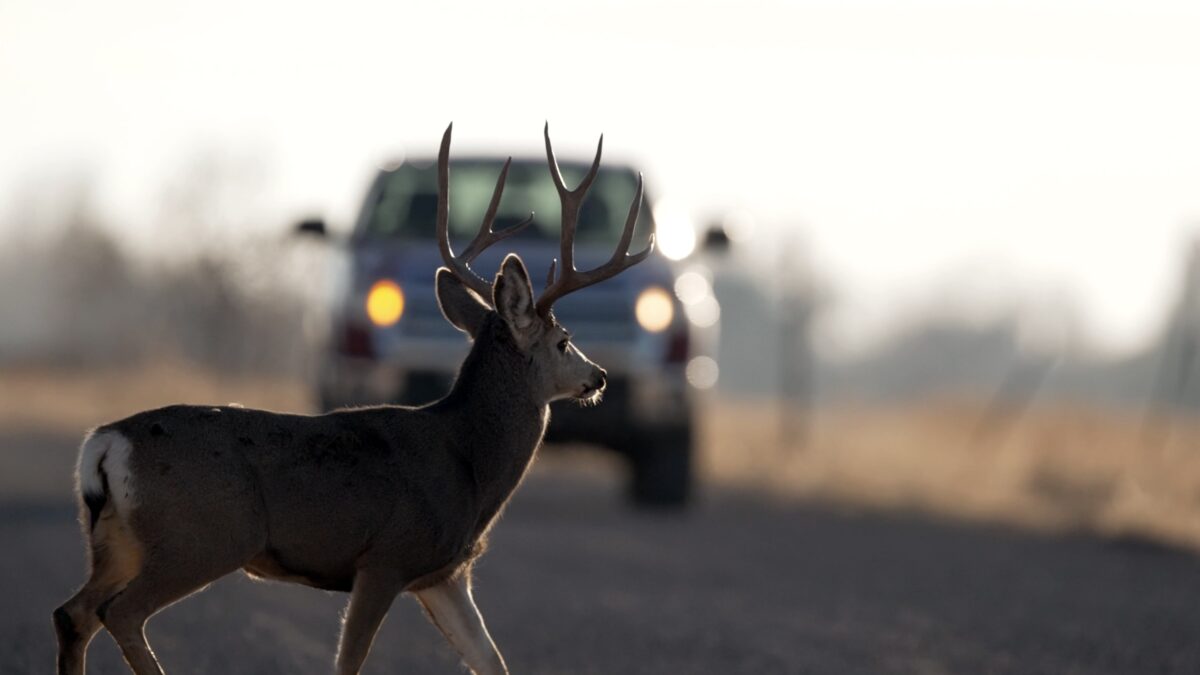
Buck deer in the road. Photo: Utah Division of Wildlife Resources
PARK CITY, Utah — Every year, elk, moose, and deer migrate to lower elevations in October and November in search of food sources that disappear under the snow in high elevations. Not coincidentally, this time of year is also when the highest number of vehicle and deer collisions occur in Utah.
Coming into the last days of October, dispatch has already seen an increase in calls about injured wildlife in the roads.
The problem is also exacerbated by the end of Day Light Savings, according to the Utah Division of Wildlife Resources. The time change means that many commuters will make their evening journey during lower-visibility hours, the same time when deer tend to be more active. These combined factors can lead to increases in vehicle wildlife collisions.
“The peak time to hit deer in Utah is during November,” Utah Division of Wildlife Resources Migration Initiative Coordinator Makeda Hanson said. “It coincides with mating season and the annual migration of deer. Animals are crossing more roads during the migration, and male deer move around a lot more to find mates.”
The most recent DWR study on deer/vehicle collisions, which was conducted in 2012, found that there were approximately 10,000 deer/vehicle collisions that year. However, the DWR states that those numbers are likely lower now due to increased fencing and wildlife bridges along migration routes across Utah highways in recent years as part of the Utah Wildlife Migration Initiative. From Jan. 1 to Oct. 24, 4,606 roadkill animals were removed from roadways in Utah.
How to avoid wildlife collisions
As daylight saving time ends, here are some tips from Wild Aware Utah to help you avoid wildlife collisions:
- Be especially alert at dawn and dusk.
- Heed wildlife crossing signs. These signs are usually placed in areas known to have a high volume of wildlife/vehicle collisions.
- Be alert on roadways near wooded, agricultural and wetland areas and also near lakes and streams.
- Scan both sides of the road as you drive. Invite passengers to help watch for wildlife.
- Do not drive distracted. Put away food, phones and other distractions.
- When possible, use high-beam headlights to better illuminate the road.
- Look for an animal’s eyeshine, which can be seen from a distance. Slow down once you have spotted an animal near the roadside.
- Some animals travel in groups, so be sure to watch for additional animals if you see one.
- Do not throw trash out of your vehicle. Not only are there penalties for littering on a highway, but trash and food scraps can also draw animals to roadways.
What to do if you see an animal on or near the road
If you see an animal on or near the road, here are some additional suggestions:
- Do not swerve for a deer or small animals. Stay in your lane and slow down.
- If several animals are standing in the road, do not try to drive through them or get out of the vehicle to chase or herd them. Honk your horn and flash your lights to encourage them to move on.
- If an animal has crossed the road, continue to drive slowly and be cautious because it may try to cross again.
What to do if you hit an animal
- Pull off the road and use your hazard lights if your car is undriveable.
- Do not try to approach an injured animal.
- Call 911 or contact your local police department if you were injured or if the animal is in the roadway and could pose a threat to public safety.
- Submit a report of the collision through the Utah Roadkill Reporter app. Include the species of animal that was hit, a GPS location and a photo of the animal. Never use the app while driving, and try to avoid getting out of your vehicle when submitting a report, due to safety concerns along busy roads.
“When you submit a report of hitting an animal through the Utah Roadkill Reporter app, it helps provide information about potential areas for wildlife crossings,” Hanson said. “The data collected through the app also benefits the Utah Wildlife Migration Initiative and its efforts to learn more about the annual migration patterns of different animal species in Utah.”

















